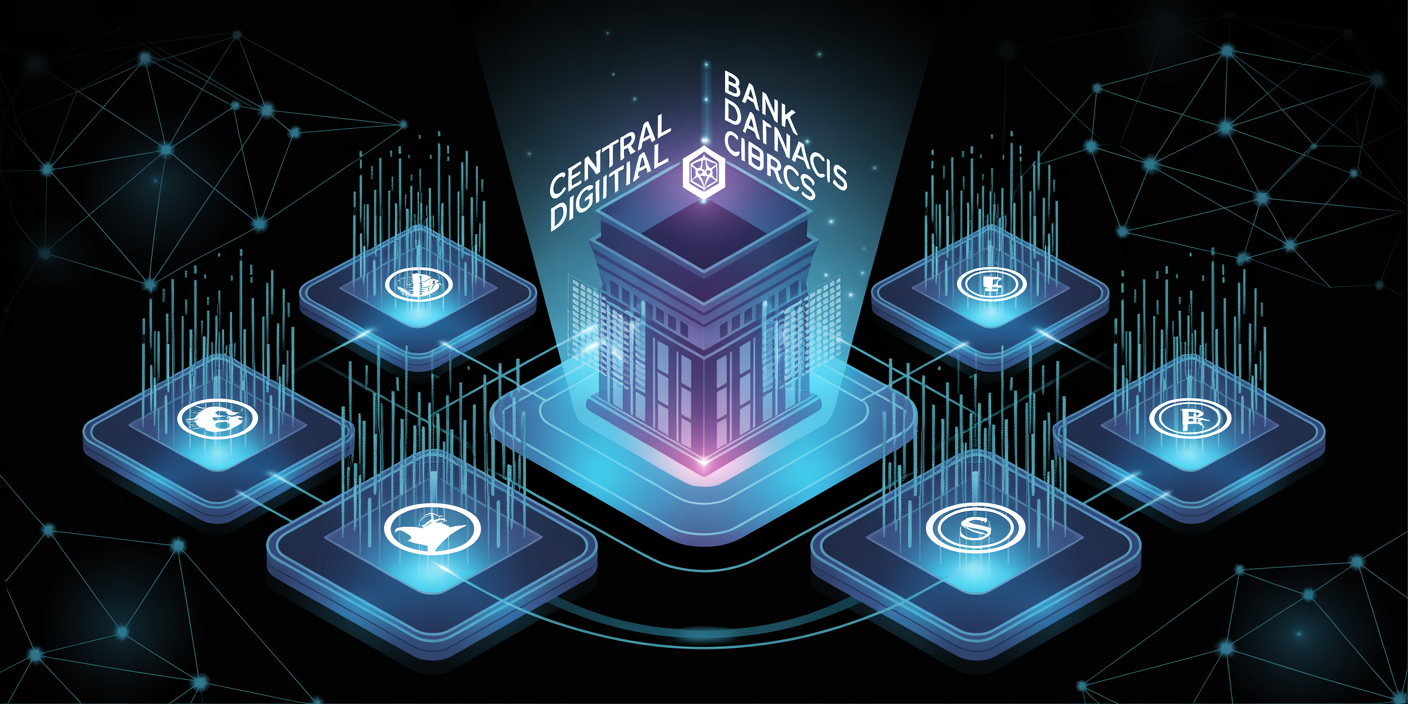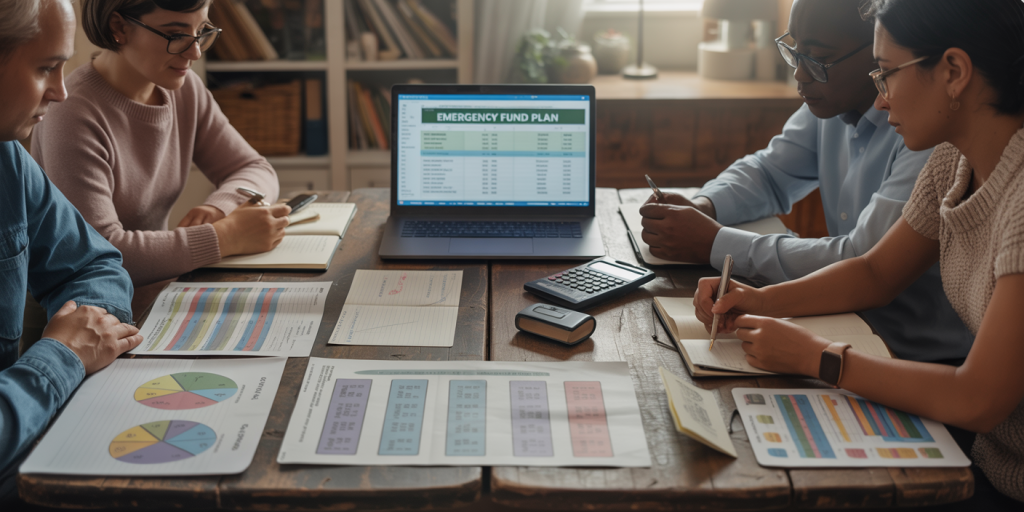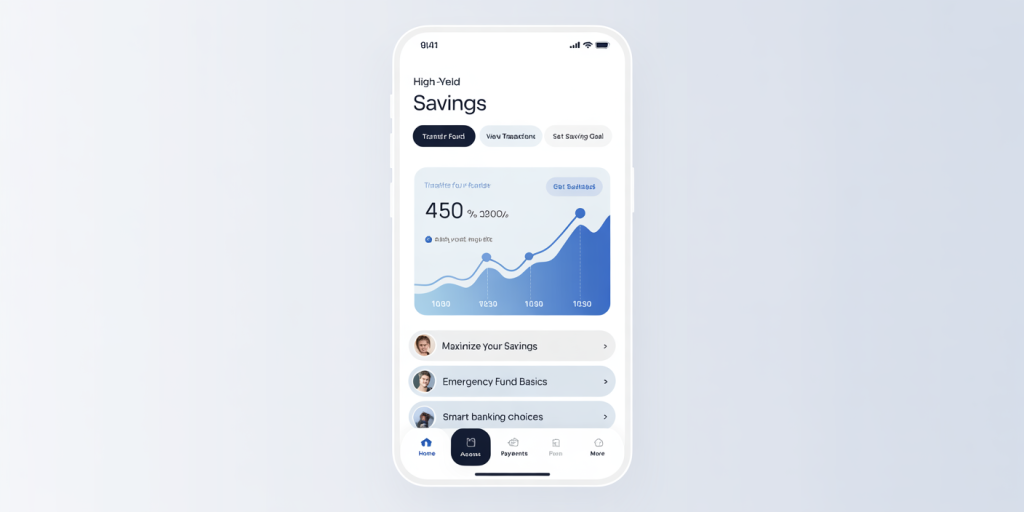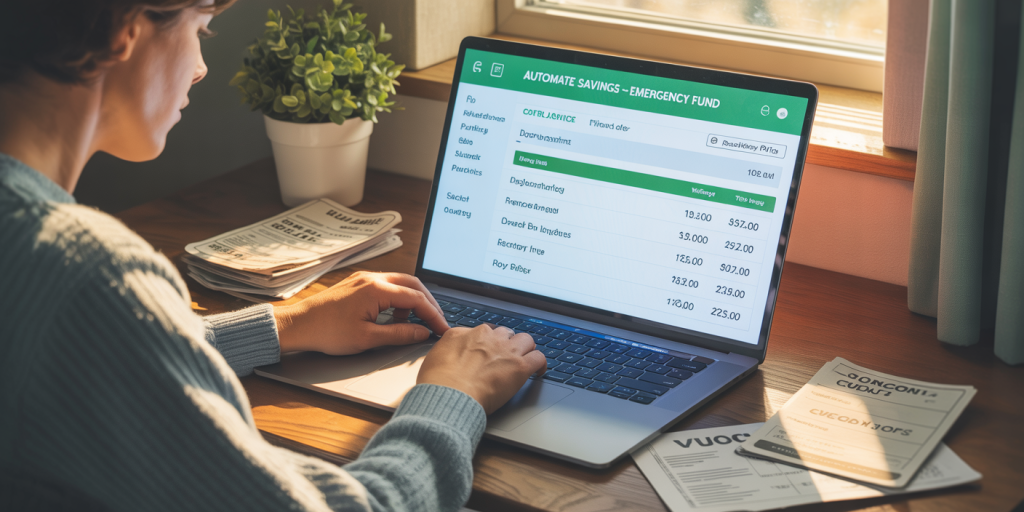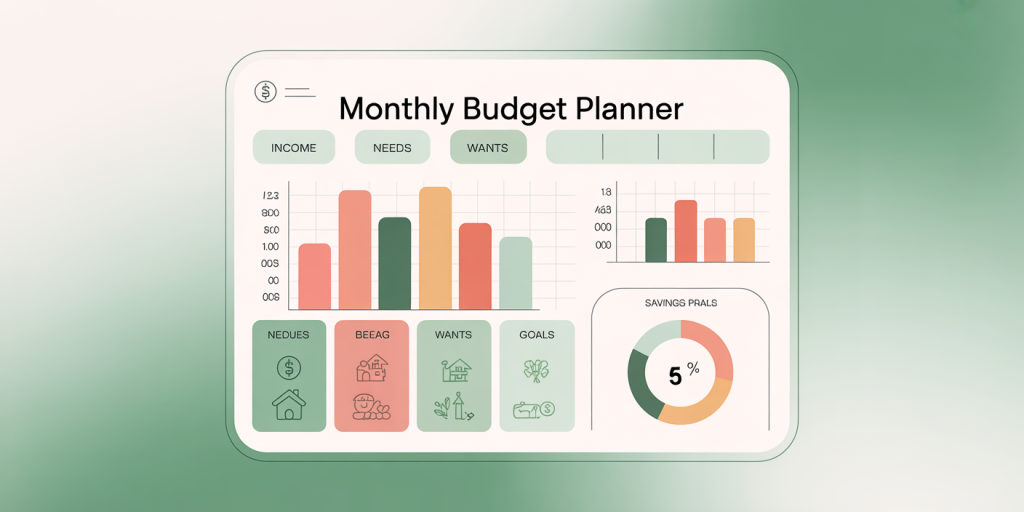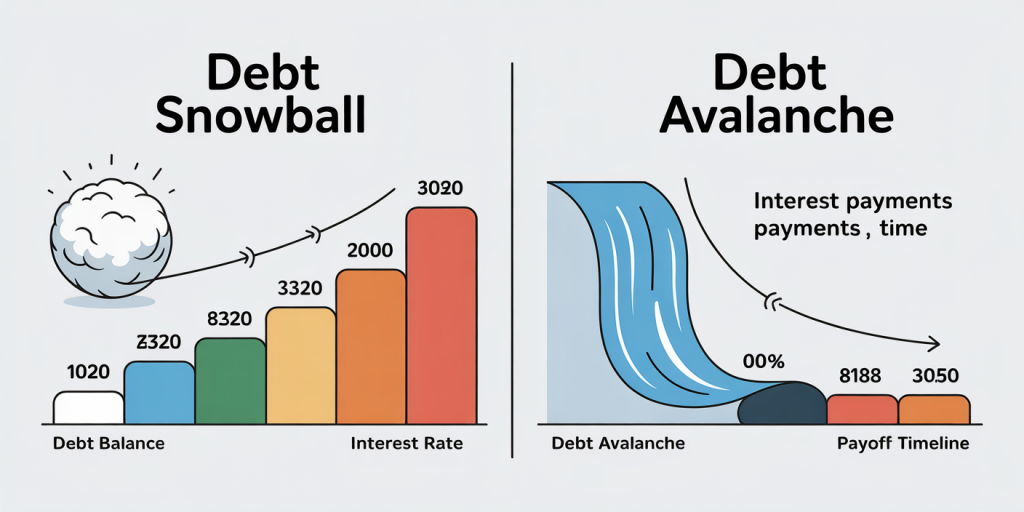The global trend toward cashless economies is accelerating rapidly, driven by technological advancements, changing consumer behaviors, and governmental policies. Across the world, countries like Sweden, China, and India are edging closer to reducing the usage of physical cash, replacing it with digital transactions facilitated by cards, mobile wallets, and even cryptocurrencies. But what actually happens to money in a cashless society? How does the fundamental nature of money transform when it becomes entirely digitized? This article delves deep into the evolution, implications, and future of money as we witness the world edging towards cashlessness.

The Shift from Physical to Digital Money
Money has historically been a tangible asset, starting from coins and paper bills to cheque books and eventually plastic cards. The shift towards cashless societies means physical money is increasingly replaced by digital equivalents stored as electronic data. According to the World Bank, global digital payments reached $6 trillion in 2021, showcasing a monumental surge, with projections estimating growth rates of around 13% annually through 2027.
In countries like Sweden, where cash accounts for less than 1% of all transactions, residents use mobile payment apps such as Swish for everyday purchases, from groceries to public transportation. Similarly, India’s demonetization in 2016 accelerated adoption of Unified Payments Interface (UPI), a digital payment system facilitating instantaneous money transfers between bank accounts. These shifts illustrate the growing reliance on digital infrastructure and financial technology platforms to manage monetary exchanges.
The Transformation of Monetary Transactions
With cash, the transfer of money involves the direct exchange of physical currency, which is intrinsically finite and controlled by central banks. In a cashless society, the movement of money becomes entirely virtual, tracked through electronic ledgers and payment gateways. This transformation has a series of practical implications for consumers, financial institutions, and governments.
First, digital payments increase convenience and reduce transaction costs. For instance, contactless card payments and mobile wallets enable instant payments without the need for counting cash or waiting for change, which streamlines retail operations. Data from the European Central Bank (ECB) shows that contactless payments in Europe grew by 40% in 2020 alone, partly driven by the pandemic restrictions encouraging less physical contact.
However, this shift also introduces concerns about privacy and data security. Each digital transaction leaves a digital footprint, allowing entities ranging from banks to governments to track spending habits. While this can help in combating money laundering and tax evasion, critics argue it may also erode financial privacy, sometimes disproportionately affecting vulnerable populations.
| Aspect | Cash Transactions | Digital Transactions |
|---|---|---|
| Privacy | High (anonymous) | Low (traceable) |
| Transaction Speed | Moderate | Instant to seconds |
| Cost to Merchant | Cash handling costs & risks | Processing fees (varies by platform) |
| Accessibility | Universal | Dependent on digital infrastructure |
| Fraud Risks | Theft, counterfeit | Cybercrime, data breaches |
Impact on Financial Inclusion and Inequality
One compelling argument for cashless societies is improved financial inclusion. Digital financial services allow unbanked populations access to a range of financial tools, including microloans, savings accounts, and insurance products. For example, M-Pesa in East Africa has revolutionized access to financial services for millions by providing mobile money accounts that do not require traditional banking infrastructure. As of 2023, M-Pesa serves over 50 million users, lifting many out of extreme poverty by fostering economic participation.

However, the reality can be more complex. Digital money assumes reliable internet access, smartphone ownership, and digital literacy. Populations lacking these prerequisites—such as the elderly, rural residents, and low-income groups—risk exclusion. Data from the United Nations shows that approximately 37% of the global population remained offline as of 2022, posing a significant barrier to cashless adoption.
Moreover, a cashless society could exacerbate economic inequality if safeguards are not implemented. For instance, people unable to access digital payment options might be forced to rely on expensive intermediaries or informal channels. Policymakers must therefore balance innovation with inclusion, perhaps by ensuring interoperable systems, subsidized access to digital devices, and targeted financial education programs.
Monetary Policy and The Role of Central Banks
The disappearance of physical cash poses fundamental questions about the conduct of monetary policy. Central banks, which traditionally supply and control currency issuance, may need to rethink their tools and frameworks in a cashless environment.
Firstly, the transition to digital currencies, especially Central Bank Digital Currencies (CBDCs), gives authorities direct control over money supply and velocity. For instance, China’s digital yuan pilot allows the People’s Bank of China to distribute stimulus payments directly to citizens, bypassing traditional banking intermediaries. Such direct monetary transfers can increase policy efficiency and responsiveness during economic crises.
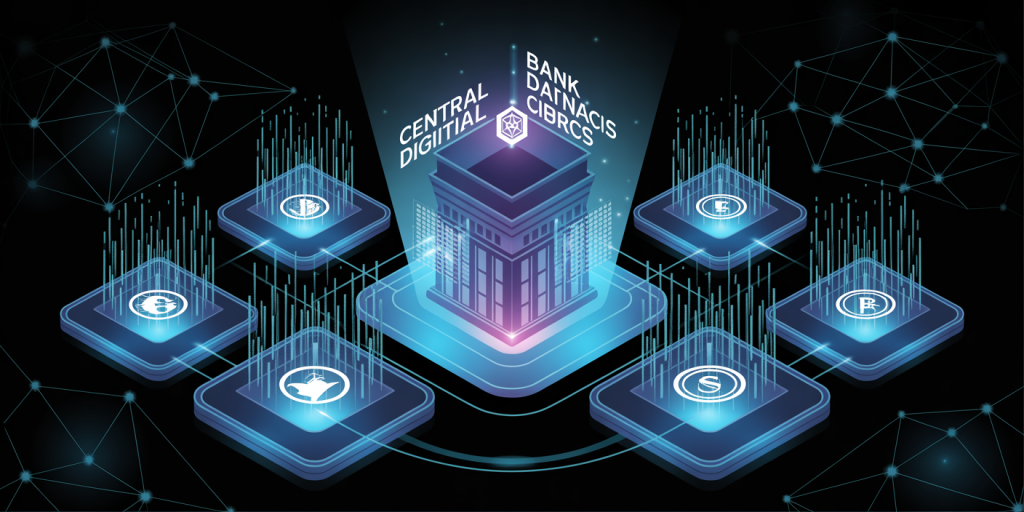
However, the shift also means central banks must confront new challenges related to privacy, cyber resilience, and the design of digital currencies to prevent bank runs. A cashless system might make it easier for depositors to swiftly convert bank deposits to central bank digital currency, potentially disrupting traditional banking operations.
CBDCs vs. Traditional Digital Money
| Feature | Traditional Digital Money | Central Bank Digital Currency (CBDC) |
|---|---|---|
| Issuer | Private banks/financial institutions | Central banks |
| Backing | Bank deposits or stored value | Sovereign currency |
| Privacy | Limited; dependent on issuer | Controllable; policy-dependent |
| Integration | Multiple platforms and standards | Standardized national system |
| Impact on Banking System | Indirect | Potentially direct and transformative |
Security and Fraud Dynamics in a Cashless World
Security concerns take center stage as physical cash fades away. Digital money removes risks like theft and counterfeit bills but introduces new vulnerabilities such as hacking, phishing, and digital fraud.
For example, in 2020, global losses due to payment card fraud amounted to approximately $28.65 billion, a figure projected to rise with increased card usage. Cybercriminals target not only consumers but also payment processors and financial platforms. The Equifax data breach of 2017 exposed personal data of 147 million people, highlighting the risk of centralized data repositories.
Moreover, dependence on technology carries risks of outages and technical failures. India’s blackouts in digital payment networks in 2021 disrupted millions of transactions, affecting everything from small vendors to large corporations.
To mitigate such issues, advanced encryption, two-factor authentication, biometric verification, and decentralized ledger technologies like blockchain are increasingly deployed. Financial institutions and regulators must also promote cybersecurity awareness and rapid incident response frameworks.
Real-Life Examples Illustrating Cashless Society Effects
Several countries provide valuable case studies on living with minimal cash. Sweden, often cited as the most cashless society, had fewer than 13% of Swedes using cash in 2020. The government maintains legal tender laws but the populace prefers cards and mobile apps. This shift has had positive effects on reducing crime rates linked to cash heists, as well as streamlining business operations.
Conversely, the Indian demonetization campaign in 2016 intended to curb black money led to short-term disruptions due to insufficient digital infrastructure to handle sudden spikes in electronic transactions. Urban areas adapted quickly, but rural localities faced challenges, exposing digital divides.
In Kenya, M-Pesa’s rise demonstrates how mobile money can empower informal economies. However, the success is contingent on mobile network coverage and user education, illustrating that digital cashlessness is not a universal panacea but rather a complex socio-economic transformation.
Future Perspectives: The Trajectory of Money Without Cash
Looking ahead, the cashless society concept is evolving into an ecosystem dominated not just by plastic cards or mobile apps but by digital currencies at multiple levels. Central banks worldwide, including the European Central Bank and the Federal Reserve, are actively researching or trialing CBDCs to harness the benefits of digital currency with sovereign backing.
Technology such as blockchain could decentralize control by enabling peer-to-peer transactions without the need for intermediaries. Cryptocurrencies like Bitcoin promote this vision but face regulatory and scalability challenges.
The future of money is likely to be characterized by hybrid models balancing privacy, efficiency, and inclusivity. Innovations in biometric authentication, AI fraud detection, and quantum-resistant encryption will shape how securely and efficiently money moves in the digital realm.
Governments will continue to grapple with the balance between transparency and privacy, financial inclusion, and surveillance risks. Meanwhile, citizens and businesses must adapt to new habits of financial behavior and innovation-driven marketplaces.
In summary, money in a cashless society transforms from a physical object to a data-driven entity, reshaping economic structures, personal finance, policy tools, and technological infrastructure. As this transformation unfolds, it requires coordinated efforts across sectors to ensure that money remains a trusted, accessible, and secure medium of exchange for all.
